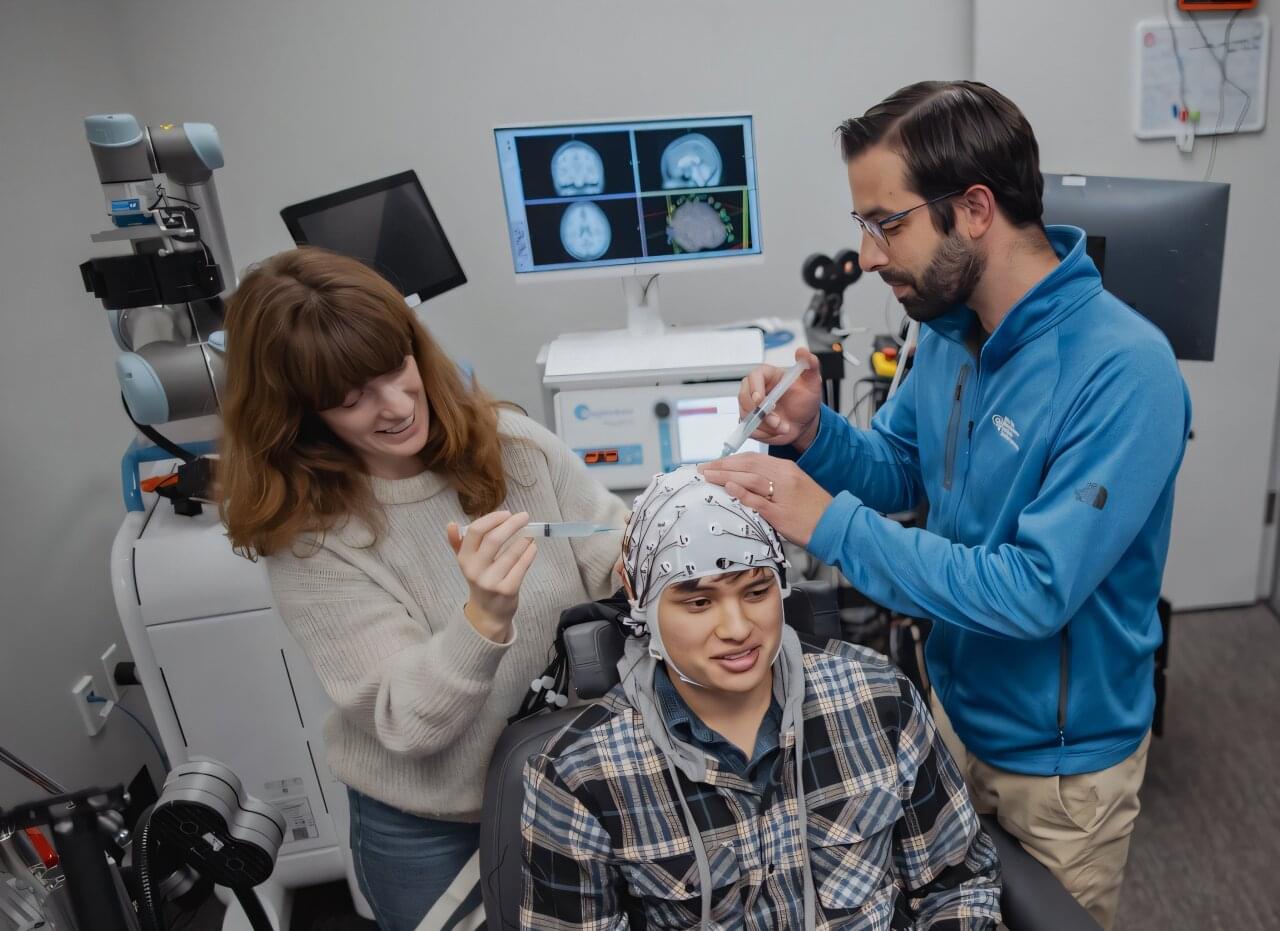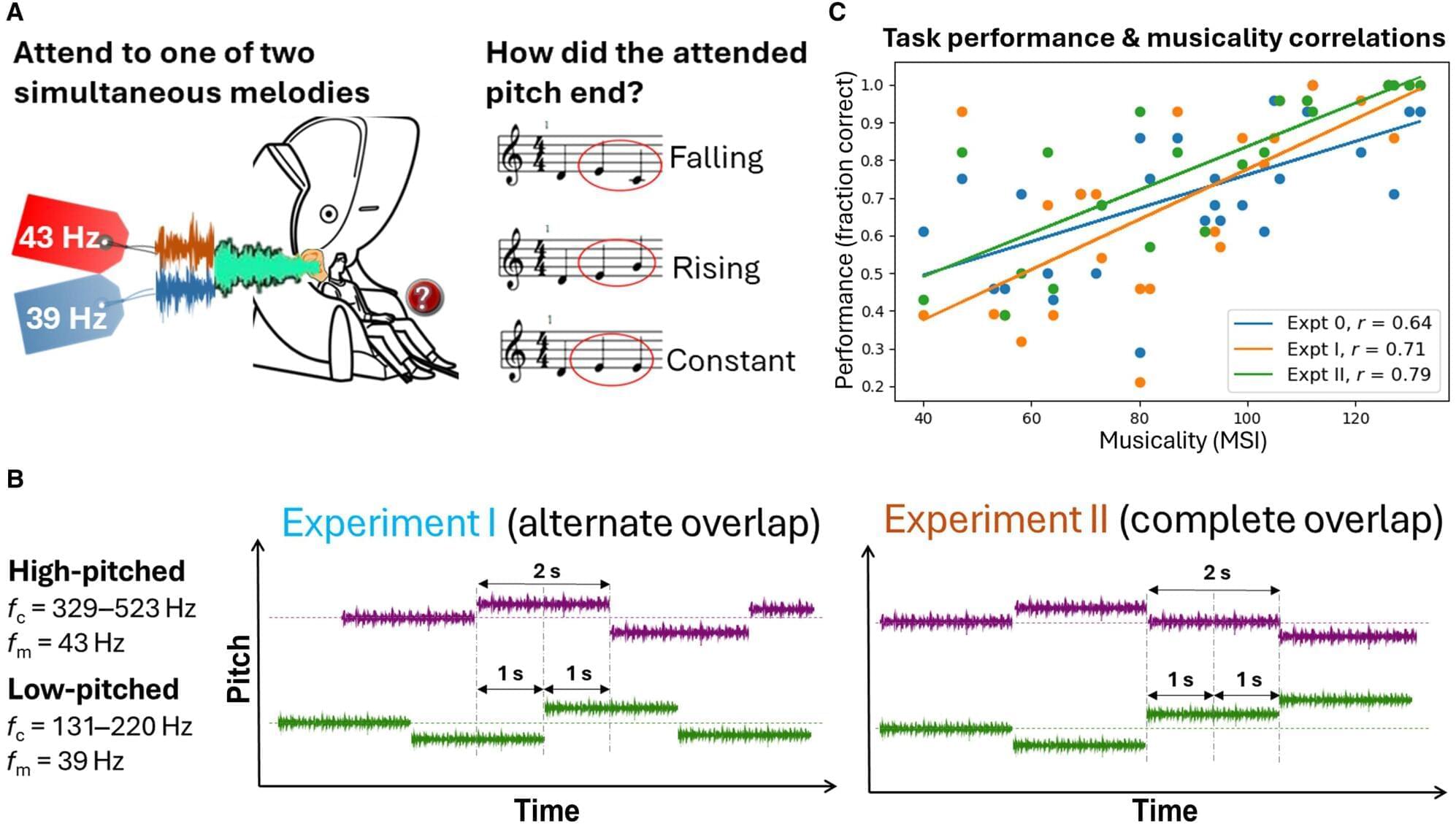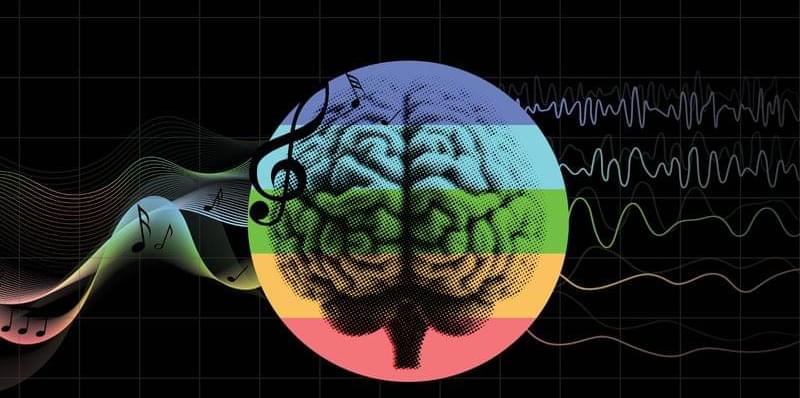An extended exploration of what science tells us about free will and consciousness in a quantum universe, including Sir Roger Penrose’s theory of Orchestrated Objective Reduction.
Watch my exclusive video ISRU: https://nebula.tv/videos/isaacarthur–…
Get Nebula using my link for 40% off an annual subscription: https://go.nebula.tv/isaacarthur.
Get a Lifetime Membership to Nebula for only $300: https://go.nebula.tv/lifetime?ref=isa…
Use the link gift.nebula.tv/isaacarthur to give a year of Nebula to a friend for just $30.
Join this channel to get access to perks:
/ @isaacarthursfia.
Visit our Website: http://www.isaacarthur.net.
Support us on Patreon: / isaacarthur.
Support us on Subscribestar: https://www.subscribestar.com/isaac-a…
Facebook Group: / 1583992725237264
Reddit: / isaacarthur.
Twitter: / isaac_a_arthur on Twitter and RT our future content.
SFIA Discord Server: / discord.
Episode 353a, June 30, 2024 Written, Produced & Narrated by Isaac Arthur.
Music Courtesy of Epidemic Sound http://epidemicsound.com/creator.
Select imagery/video supplied by Getty Images.




